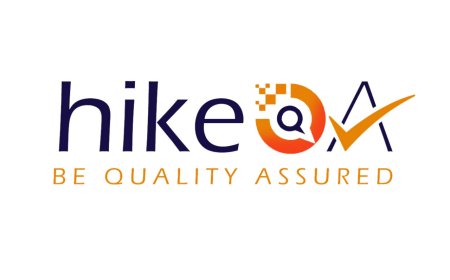Predictive Maintenance Powered by Custom AI in Manufacturing
Discover how predictive maintenance powered by custom AI solutions helps manufacturers reduce downtime, extend equipment life, and boost operational efficiency through tailored analytics and intelligent automation.
In modern manufacturing environments, minimizing downtime and maximizing productivity are essential goals. Traditional maintenance methodsreactive or even scheduledoften result in unexpected equipment failures or unnecessary part replacements, both of which increase costs and reduce efficiency. With the rise of smart factories and Industry 4.0 technologies, manufacturers are shifting towards predictive maintenance, a strategy that anticipates equipment failures before they occur.
Advanced intelligent custom AI solutions are leading this transformation by enabling real-time monitoring, data-driven insights, and automated responses to equipment health. Unlike off-the-shelf systems, these custom-built solutions are tailored to specific machines, workflows, and environmental conditions. They integrate seamlessly with existing factory systems, enabling a more responsive and optimized maintenance approach. Lets explore how custom AI solutions are reshaping predictive maintenance for manufacturers.
Real-Time Equipment Monitoring
One of the core benefits of predictive maintenance is the ability to monitor machines in real time.
-
Sensor Integration: Smart sensors collect data on temperature, vibration, pressure, and usage patterns from machines.
-
AI Analytics: Custom AI models analyze this data continuously to detect unusual patterns or signs of wear.
-
Instant Alerts: The system sends alerts to maintenance teams when critical thresholds are reached.
-
Minimized Downtime: Real-time monitoring ensures that issues are addressed before they result in machine failure.
These systems provide insights that allow operators to act before damage escalates, preventing unplanned downtime.
Historical Data Analysis for Accurate Predictions
Custom AI models dont just reactthey learn from the past to improve future performance.
-
Data-Driven Insights: AI analyzes historical maintenance logs, failure records, and performance trends.
-
Failure Prediction Models: These insights are used to build predictive models that forecast equipment failures with high accuracy.
-
Pattern Recognition: The AI can detect correlations between environmental conditions, usage patterns, and equipment failures.
-
Maintenance Planning: Manufacturers can schedule maintenance only when it's needed, based on actual wear rather than arbitrary timelines.
This approach ensures maintenance activities are both efficient and necessary, reducing unnecessary interventions.
Tailored AI Solutions for Different Machines
Every factory has unique machinery and operational processes, making generic systems ineffective.
-
Customization Capability: Custom AI solutions are designed specifically for each piece of equipment or system.
-
Equipment-Specific Training: AI models are trained on the unique data generated by each machine.
-
Scalability: As new machines are added or processes evolve, the AI can be updated accordingly.
-
System Compatibility: These solutions can integrate with PLCs, SCADA, ERP, and other industrial systems already in use.
Customization ensures that the AI delivers precise, actionable insights for the exact operational context.
Enhanced Decision-Making with Predictive Insights
AI is not just about automationit also enhances human decision-making.
-
Maintenance Prioritization: AI recommends which machines need immediate attention.
-
Resource Optimization: Enables better allocation of maintenance staff and spare parts.
-
Visual Dashboards: Teams access intuitive dashboards with machine health statuses and performance trends.
-
Continuous Learning: The AI improves its recommendations over time based on outcomes and new data.
This leads to a more proactive maintenance culture, where decisions are supported by real-time intelligence.
Cost Reduction and Increased Equipment Lifespan
The long-term impact of predictive maintenance supported by AI is a measurable reduction in operational costs.
-
Reduced Breakdowns: Fewer unexpected failures mean less downtime and lower emergency repair costs.
-
Extended Asset Life: Timely maintenance extends the useful life of machinery.
-
Lower Spare Part Costs: Replacement is based on actual need, not assumptions.
-
Improved ROI: Reduced losses and enhanced uptime contribute to higher overall equipment effectiveness (OEE).
These benefits make predictive maintenance a financially sound strategy for manufacturers of all sizes.
Conclusion
Predictive maintenance represents a fundamental shift in how manufacturers approach equipment reliability. By leveraging advanced custom AI solutions, factories can move from a reactive mindset to a proactive strategy, backed by real-time data and intelligent automation. From real-time monitoring to historical analysis and tailored equipment insights, these systems empower manufacturers to reduce downtime, control costs, and extend asset life.
As manufacturing environments become more complex, investing in intelligent, scalable AI systems designed specifically for industrial use is not just a competitive advantageits a necessity for long-term resilience and operational excellence.





































